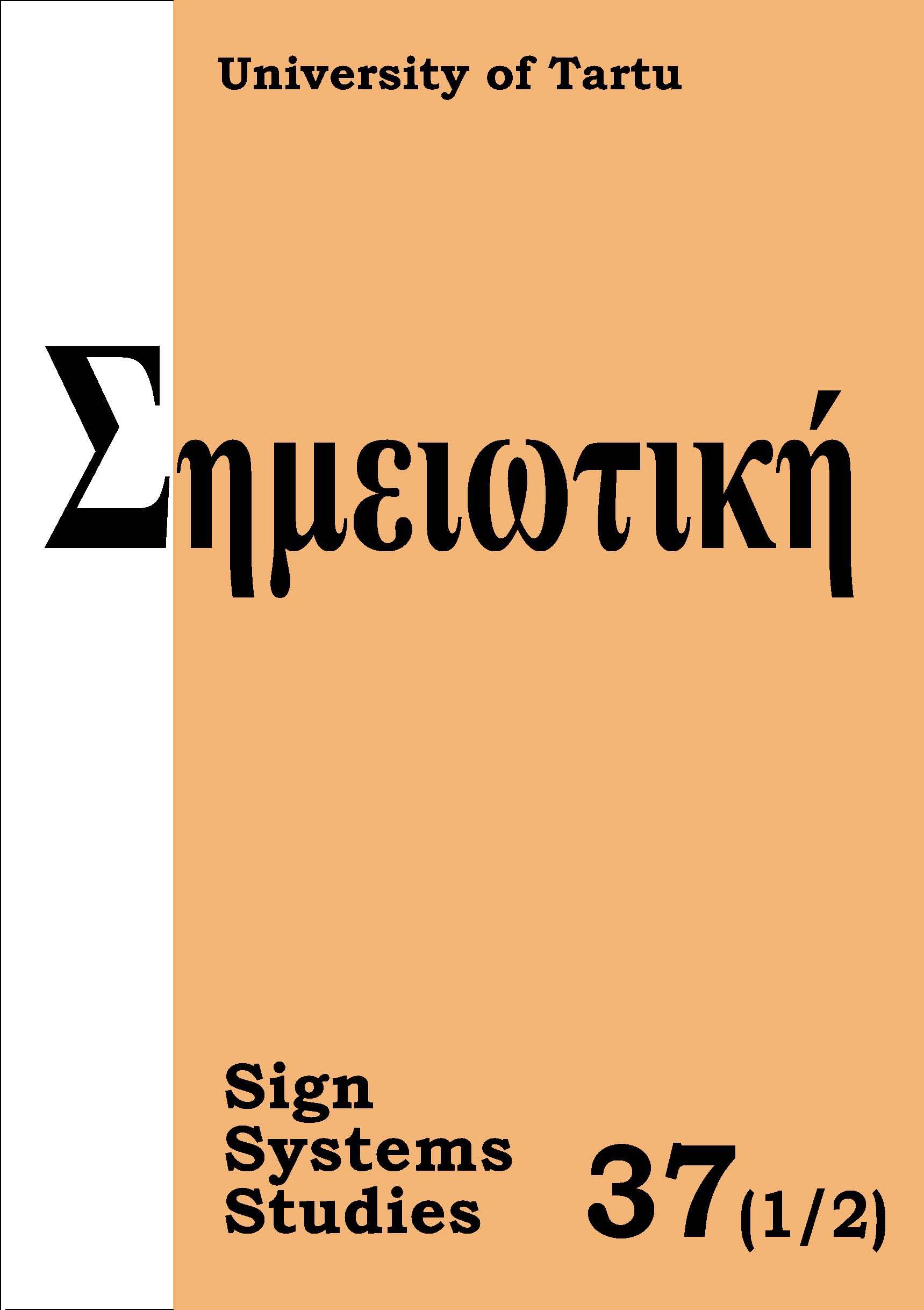Parentheticals and the dialogicity of signs
DOI:
https://doi.org/10.12697/SSS.2009.37.1-2.07Abstract
The term ‘parenthetical’ is applied to an almost unlimited range of linguistic phenomena, which share but one common feature, namely their being used parenthetically. Parenthetic use is mostly described in terms of embedding an expression into some host sentence. Actually, however, it is anything but clear what it means for an expression to be used parenthetically, from both a syntactic and a semantic point of view.
Given that in most, if not all, cases the alleged host sentence can be considered syntactically and semantically complete in itself, it needs to be asked what kind of information the parenthetical contributes to the overall structure. Another issue to be addressed concerns the nature of the relation between parenthetical and host (explanation, question, etc.) and the question what is it that holds them together.
Trying to figure out the basic function of parentheticals, the present paper proposes a semiotic analysis of parenthetically used expressions. This semiotic analysis is not intended to replace linguistic approaches, but is meant to elaborate on why parentheticals are so hard to capture linguistically. Taking a dynamic conception of signs and sign processes (in the sense of Peirce, Voloshinov and Bahtin) as starting point, parentheticals are argued to render explicit the inherent dialogicity of signs and utterances. This inherent dialogicity is hardly ever taken into consideration in linguistic analyses, which take the two-dimensional linearity of language as granted.


